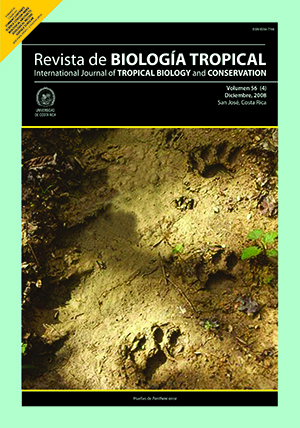Abstract
The Brazilian tanager, Ramphocelus bresilius is an endemic species from Brazil that is sexually dimorphic in adult plumage. Young males are similar to adult and young females until their second year. Adults and young females are not distinguishable in plumage. We tested whether iris colour can be used to separate adult females from immature females. We used for the first time the molecular sexing technique based on CHD genes to confirm the sex of the individuals classified as "female plumage with red iris", and to identify the sex of individuals classified as "female plumage and brown iris". The adult males were used as a positive control. DNA samples from 190 individuals were analyzed. The sizes of the PCR products were identified as 350 base pairs (bp) for CHD-Z and 388 bp for CHD-W. We confirmed that adult females have a red iris and the young females a brown iris. We could also separate young males and females which present the same iris colour and plumage. Although there are indications that the iris colour can be used by birds to identify the adults in co-operative breeding species such as the Brazilian tanager, more behavioural data are required to understand the role of iris coloration in this species.##plugins.facebook.comentarios##

This work is licensed under a Creative Commons Attribution 4.0 International License.
Copyright (c) 2008 Revista de Biología Tropical
Downloads
Download data is not yet available.






